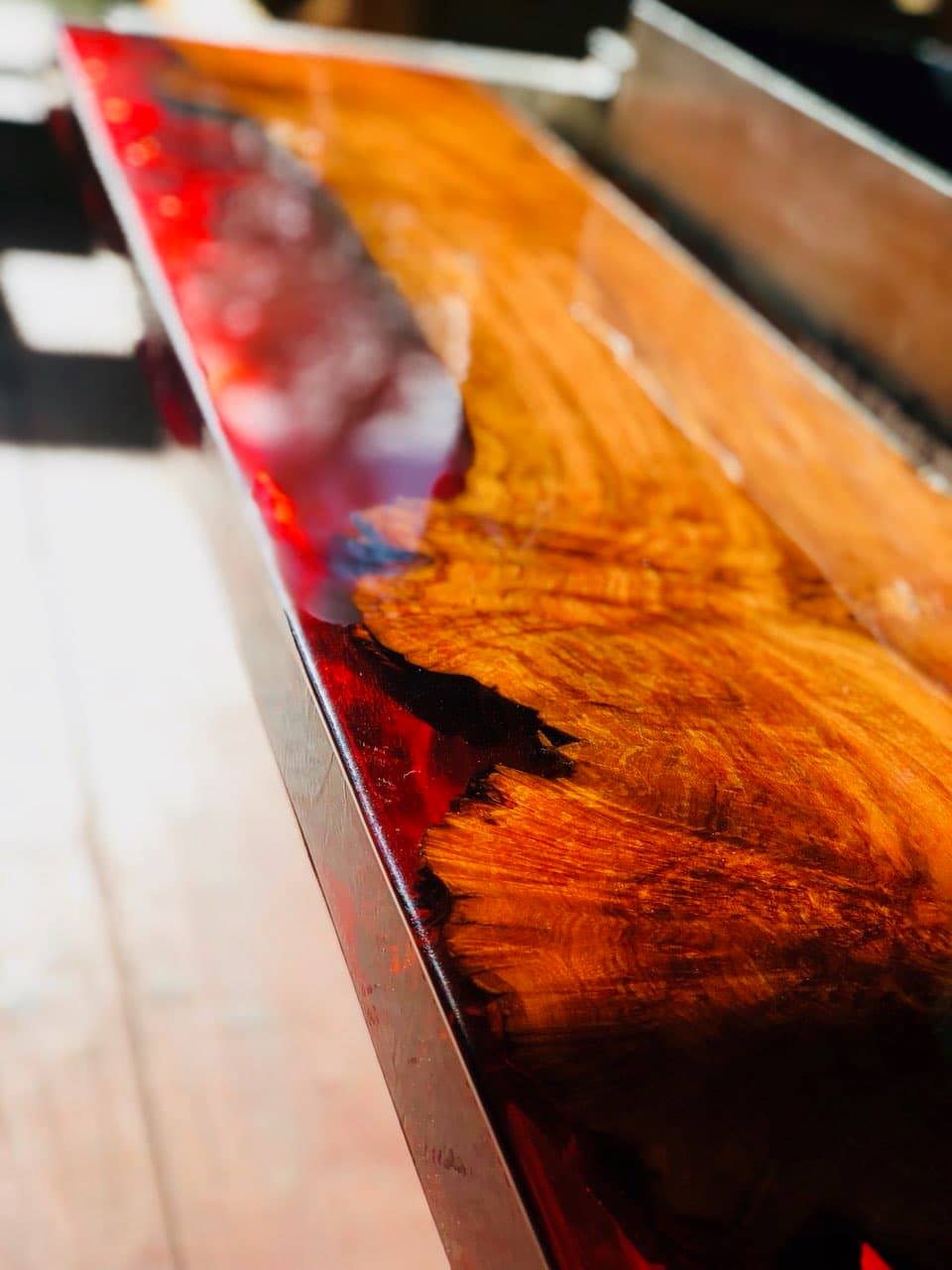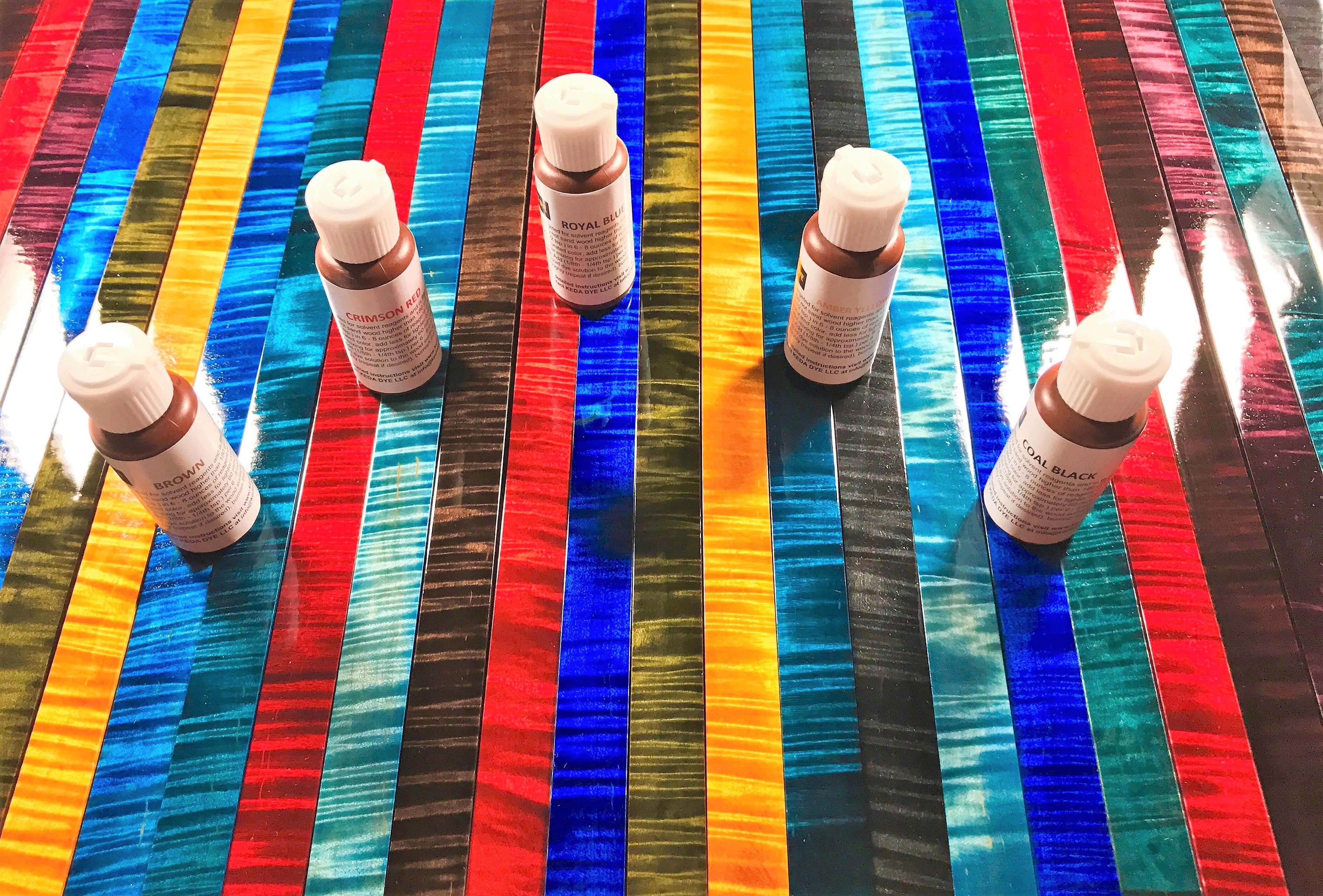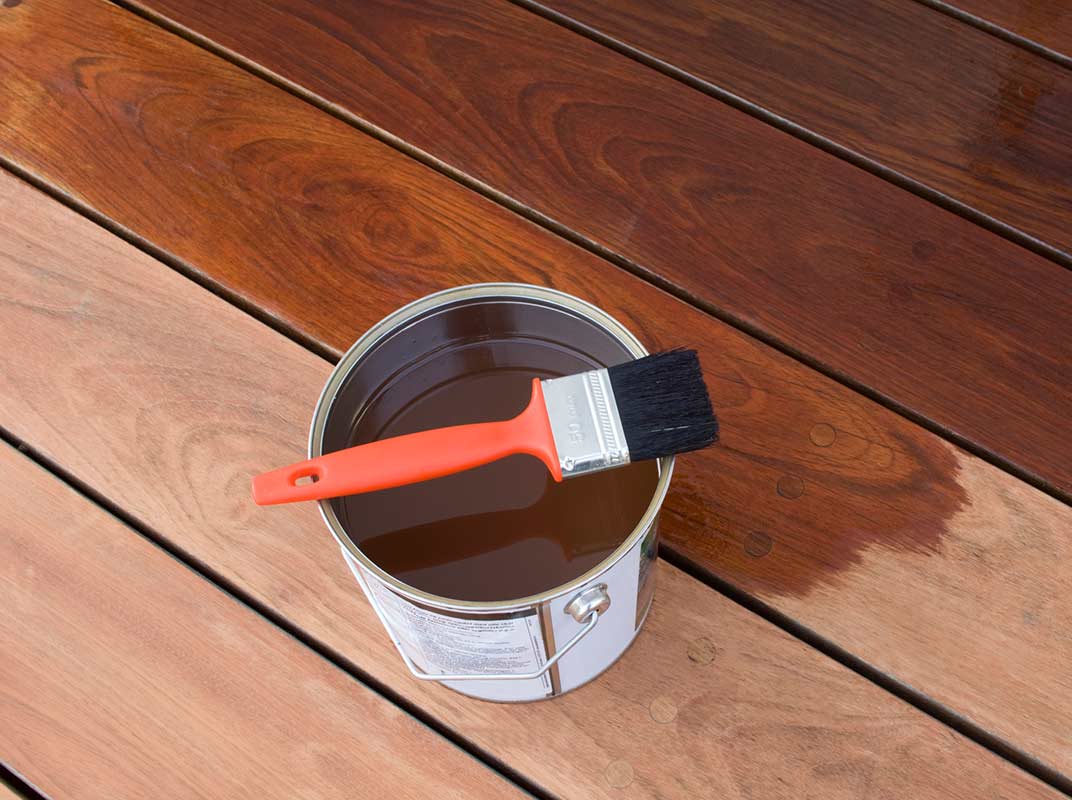In today’s more environmentally conscious world, eco-friendly stains have become a popular choice for home improvement and woodworking projects. Discover the benefits of eco-friendly stains and learn why many craftsmen swear by them.
Minimize Pollution
Eco-friendly stains are made from natural, renewable resources and have a lower carbon footprint in their production and disposal processes. This means less pollution in our waterways and reduced strain on ecosystems. By using an eco-friendly stain, you can transform your wooden projects into stunning works of art while actively contributing to environmental preservation.
Reduce Chemical Exposure
Traditional stains often contain toxic substances that can affect indoor air quality and people’s health. However, eco-friendly alternatives use natural ingredients and low-VOC formulas that keep your environment safe.
Achieve Comparable Results
Many people worry that eco-friendly options might not perform as well as their traditional counterparts. However, modern eco-friendly stains have come a long way in terms of quality and durability. They offer excellent wood protection and rich, beautiful colors that rival any conventional stain on the market.
Create Custom Stains
If you enjoy a more hands-on approach, create custom stains using eco-friendly dye kits. These kits often use plant-based pigments and natural binders, allowing you to experiment with unique colors while minimizing your environmental impact. You can enjoy the satisfaction of creating an eco-friendly stain tailored to your specific needs and preferences.
Make the Switch
Every small choice we make can make a huge difference to Mother Nature. Switching to eco-friendly stains is a simple yet impactful way to reduce your environmental footprint. Whether you’re refinishing furniture or starting a new woodworking project, choose an eco-friendly stain to protect your health and the environment.









